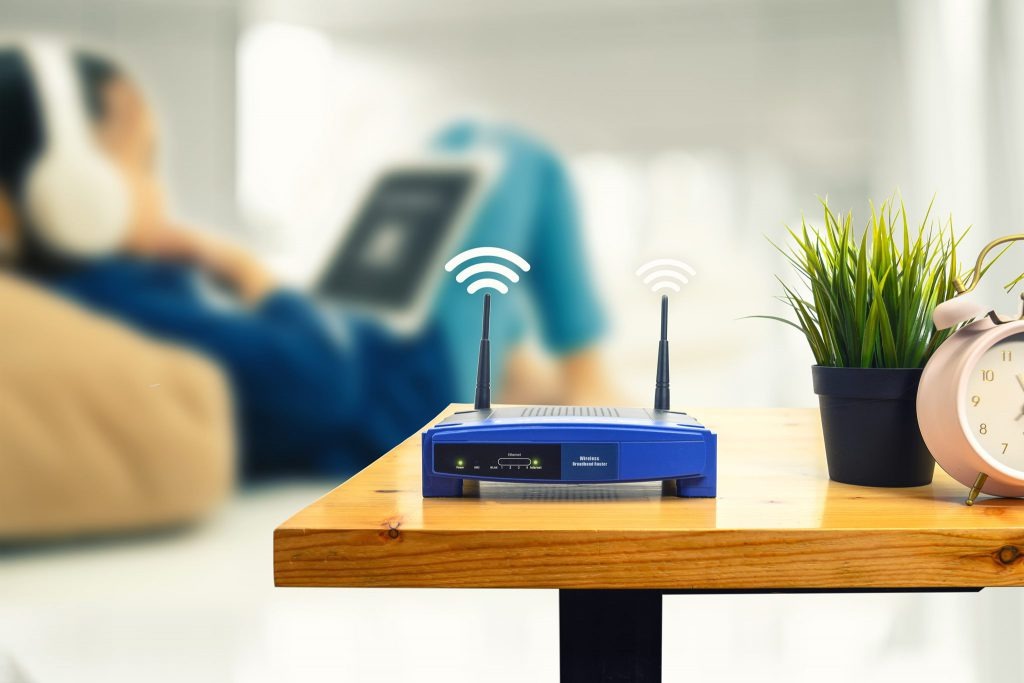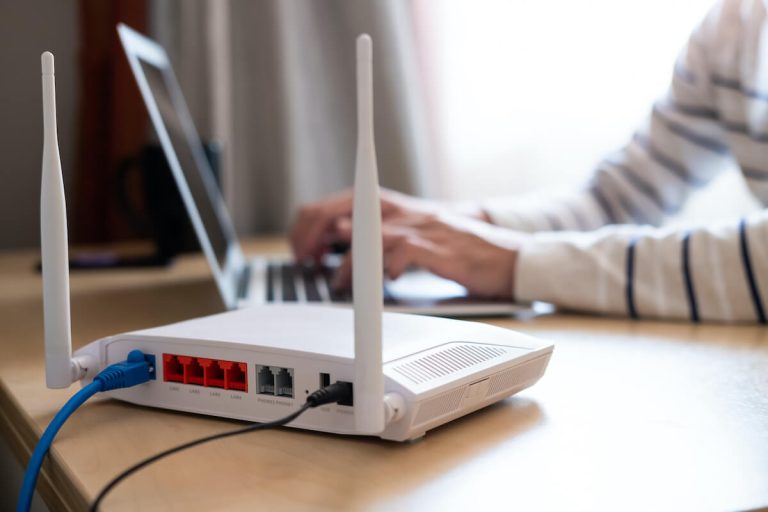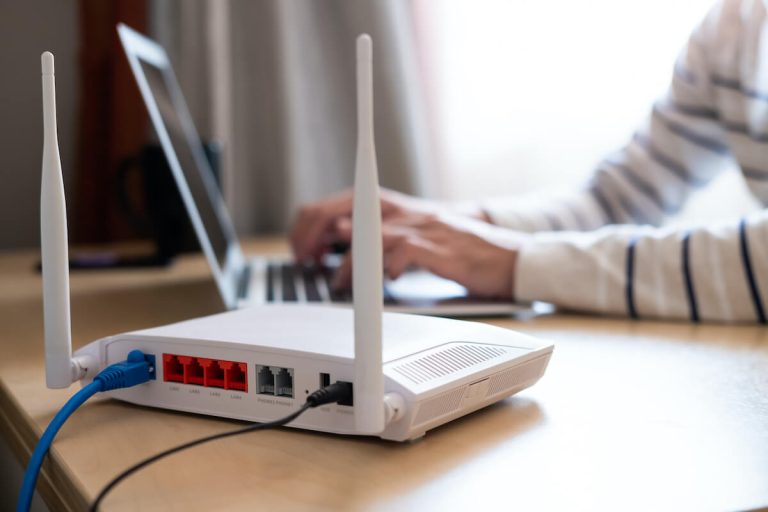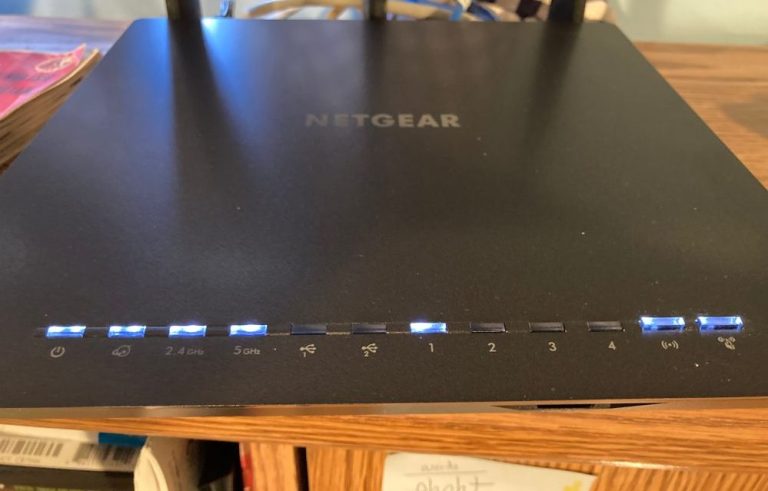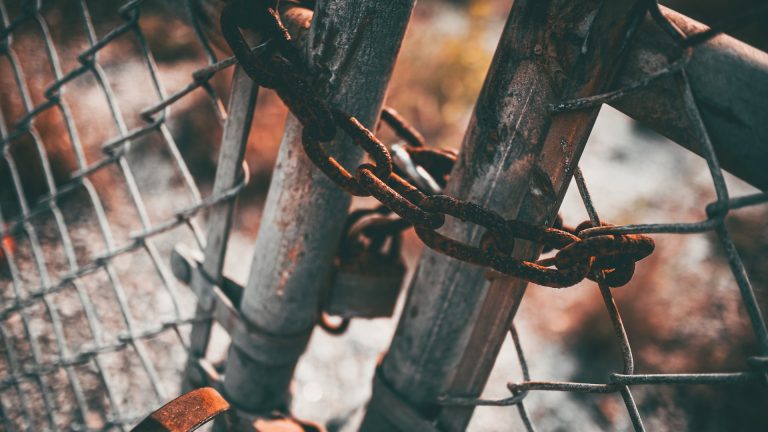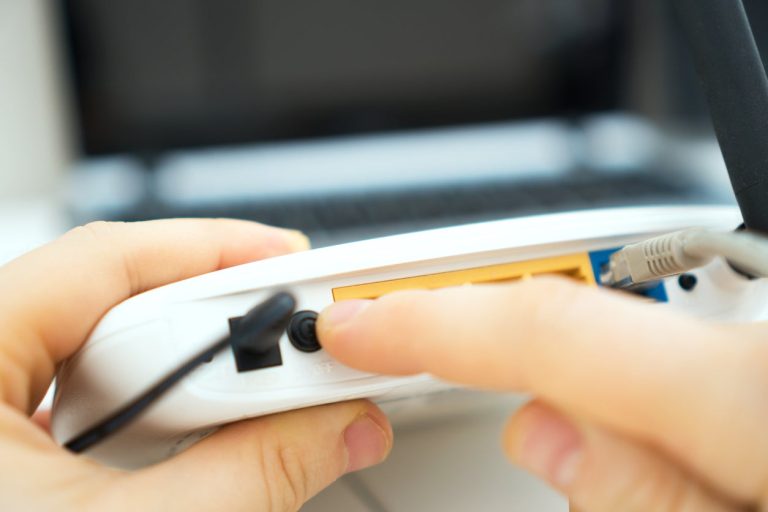My Router Wont Turn On After a Storm- What Should I Do?
Internet connection has become one of the most essential parts of our day-to-day life. Any interruption in your internet can throw your life into disarray.
If there has been a storm in your area, and your router won’t work, you may wonder whether your router is damaged or just malfunctioning. But, the big question is, can it be fixed?
In this article, I will detail possible reasons why your router won’t turn on after a storm and what you can do to fix it.
My Router Wont Turn On After a Storm
When a lightning storm strikes the main supply close to where you live, it causes a spike in electrical voltage. The spike causes an over-voltage of the power supply, which triggers a power surge that can damage your router or cause it to malfunction.
What to do if your router won’t turn on after a storm
Reboot the router
If you realize that the router is not turning on after a storm, the first thing you should do is reboot it.
Follow these simple steps to reboot your router.
- Unplug the power cord and remove any batteries, depending on the router you are using, from your router or modem.
- Wait for at least 30 seconds, then reinsert the batteries and reconnect the power cable to the router.
- Wait for 5 to 10 minutes for everything to get reconnected. Your connection light should be solid and not blinking.
- Check your internet connection. It should be back up and running.
- If your internet is not back up after the reboot, check the LED lights on your router.
Most routers have four LED lights that are on in a solid-green color. The first LED light (the cyan) is usually blinking, while the other three LED lights remain at a standstill, which means your internet connection is working fine. If this is not the case, then you should check the LED lights for the following.
First, the LED lights might be on but blinking red. That is a sign of a boot-up failure, which only needs a simple restart, and the router will be back to full speed.
If all the LED lights are on but with a solid red color, it means your router is getting no service, which means your router has no internet connection. The reason could be an outage in the area after the storm. Or there could be an issue with the line to the ONT.
If your router still won’t work, keep reading to see more troubleshooting options.
Related: Why does my WIFI keep turning on?
Restore router to factory settings
When resetting your router to factory settings, be aware that the current settings and data on your router’s network are going to be lost. You will need to set up the router settings all over again.
Before resetting your router, note down your old settings so that you can re-enter them when configuring your network afresh. Note down the network name, password, and any custom settings or details you might have added.
After doing that, follow the following steps to restore your router to factory reset:
- Plug in your router to the power supply.
- Next, find the reset button. It is usually inside a tiny hole in the back of your router. But if you can not find it, check your manual.
- Insert a paperclip into the hole and hold down the button for 30 seconds or until you see all the LED lights go off.
- Release the button and wait for your router to power back on.
Once the router powers up, you can reconfigure your router’s settings, and you will be good to use it.
Reboot your PC
A power surge caused by a storm can sometimes affect the OS of your PC. It can impair the communication of your PC’s OS and the network adapter. Usually, a quick reboot of your PC will fix this problem.
Just disconnect your PC from the power and take the battery out if your PC has a removable battery. Then hold down the power button until your PC completely powers down. Wait for 5 to 10 minutes, then reconnect your PC’s battery and turn your laptop back on.
Check on your internet to see if the issue is now resolved.
You Can Do a Simple Network Reset
Sometimes, the problem could be more software-related than hardware. If this is the case, you can do a network reset straight from your computer settings.
Follow these steps to get that done:
- Open up your computer’s settings by clicking on the settings button or typing in settings to your search bar.
- Then click on the Network and Internet settings.
- In the window that opens, click on the advanced network settings.
- You will see a reset button click on it.
- A popup will appear on your screen asking if you are sure you want to reset your network settings. Press yes.
- Once you reset your network settings, check your network to make sure it is working as it should.
Contact your Internet Service Provider
If all the fixes above do not fix your network connection problem, you could ring up your ISP. It could be that the problem is with their wired cables or the ISP. Your ISP will handle this problem once you contact them.
In case the problem is more centralized, it is a problem in your local area or household, they will send technical support to help you get your internet up and running again.
What If Your Router Working but No Internet?
Your router could be working fine, but there is no internet connection. In most cases, your modem has been damaged by the storm. An easy-to-notice indication is when the LED lights on your router show a connection, but there is no internet connection.
For you to be sure that the problem lies with the modem, check if the internet indicator is amber or orange. That means the router is broadcasting its network but not connected to your ISP. A simple fix for this is to disconnect your modem for 5 to 10 minutes and then reconnect it.
If your internet is not back yet, contact your Internet Service Provider and see if they can update their firmware or perform network maintenance.
How to protect your router from power outages
Protecting your router ensures that you do not encounter any future network difficulties and go through all the hustle of fixing your router.
The safest way to keep your router safe would be to disconnect your router from the power supply any time a storm is approaching.
A second option, however, would be to use a spike-suppressor adaptor or a surge protector. In case a thunder strikes or any sudden power outages, a surge protector or a spike-suppressor adaptor will cut the connection to your router, keeping it safe.
Once the electricity is back up, you can turn your router on and keep enjoying your internet connection.
Bottom line
A power surge could end up damaging your router, making it a nightmare when it disrupts your internet connection. Although you can be able to get things up and working again on your own, it is better to be safe.
If you live in a place prone to storms, you could buy a spike-suppressing adaptor. The adaptor will make sure your router survives through thunder strikes to make sure your router serves you long enough.
Frequently Asked Questions (FAQ)
Can thunder damage a WIFI router?
Yes, thunderstorms can damage a WIFI router. Lightning strikes or power surges caused by thunder can lead to electrical damage, so it’s better to protect your router with surge protectors or by unplugging it during storms.
How do I know if my router is damaged?
The first signs of router damage may include slow or inconsistent internet connections, frequent disconnects, or unusual LED light behavior. You could run a diagnostic test with your Internet Service Provider to identify issues.
How do I know if my router is fried?
A fried router is usually unresponsive and won’t power on or function at all. Check if your router’s lights don’t illuminate, and ensure it’s connected to power. If it remains unresponsive, it may be fried.
Can WIFI routers be repaired?
In some cases, yes. You can contact the manufacturer or a professional technician to assess the damage and determine if it’s repairable. However, it’s often more cost-effective to replace a damaged router with a new one.
